Gray wolves, Canis lupus, are one of the most wanted and admired among, probably, all the species of the forest, tundra, and the plains of North America, Europe, Asia, and the Middle East. Enshrouded in secrets and wonder, gray wolves are an important part of many acres over the world. Upon the journey into the heart of gray wolves, the following article enlightens on the appearance and adaptations, social structure and pack dynamics, the diet of predators, and their reproduction and conservation.
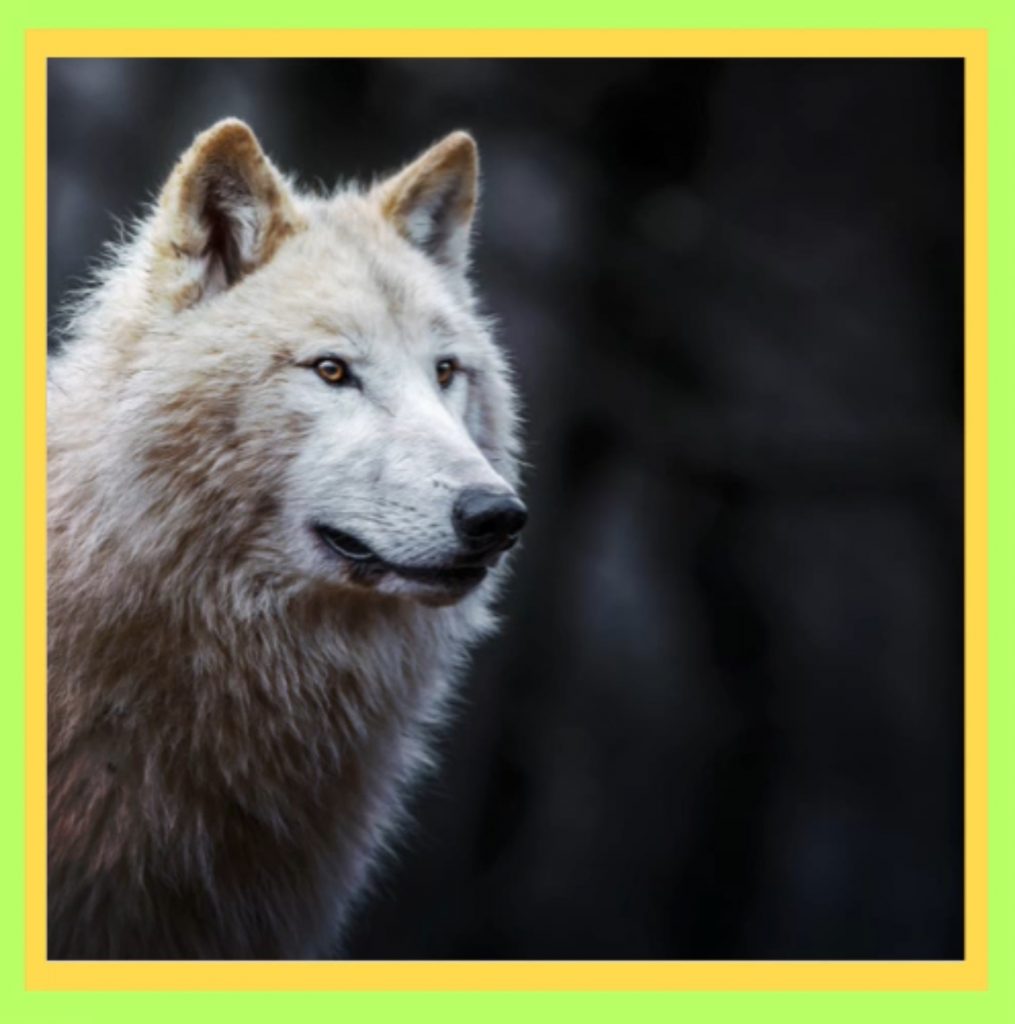
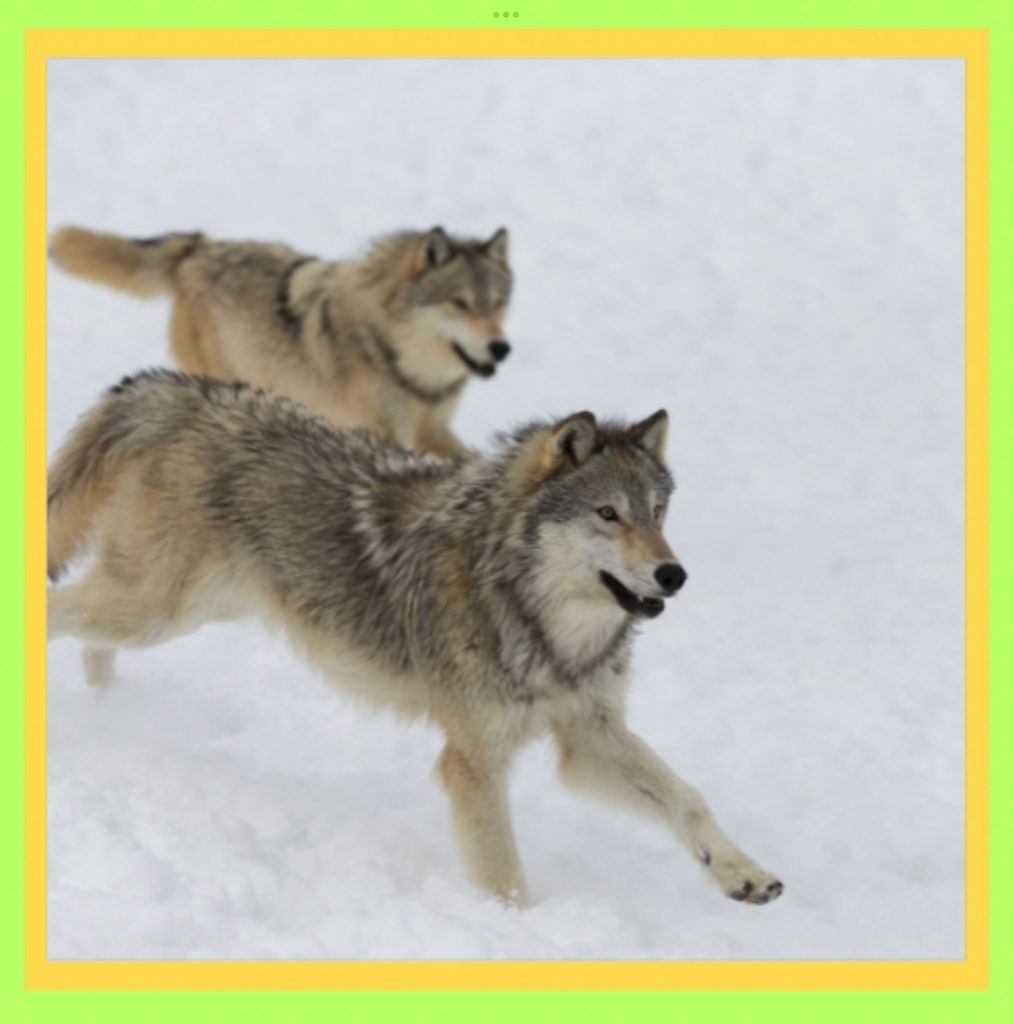
Appearance and Adaptations
Gray wolves are skewed looking for animals, as they are covered in a coat of grey, brown, or black wool, with small white or white and grey patches sprinkled along their coattails, large and powerful bodies covered in fur with a mane protruding on one side of the neck, large sensitive snouts and listening organs, and powerful mouths for seizing and life-sucking prey.
These animals have numerous exclusive adaptations that help them to endure in a wide range of areas. Wolves are at the apex of various ecological chains thanks to their intellect, cooperative instinct, and kinship. Wolves are found in all types of environmental settings, from woodlands to grasslands, and are opportunistic feeders.
Social Structure and Pack Dynamics
Gray wolves live in a bewildering social order revolving around packs. The traditional gray wolf pack includes an alpha male and female partnered couple and varies in age from offspring. The size of the pack can vary greatly depending on the food supply and the extent of its territory. Wolves participate in cooperative hunting, breeding, and live in multi-generational packs by teaming up. Although their packs are organized, each wolf has a specific function to fulfill. The most powerful animals direct the pack, and the others chase them about, but the youngest wolves learn techniques by watching their superiors.
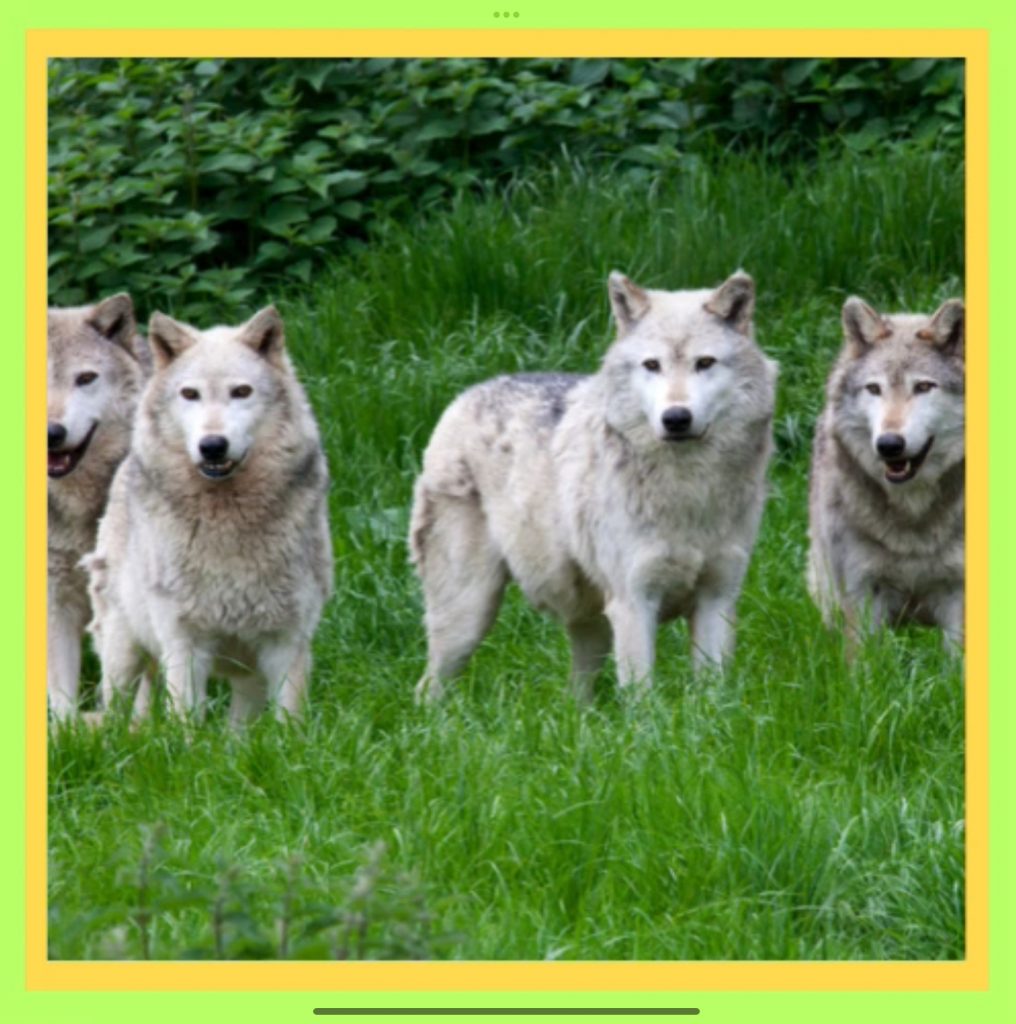
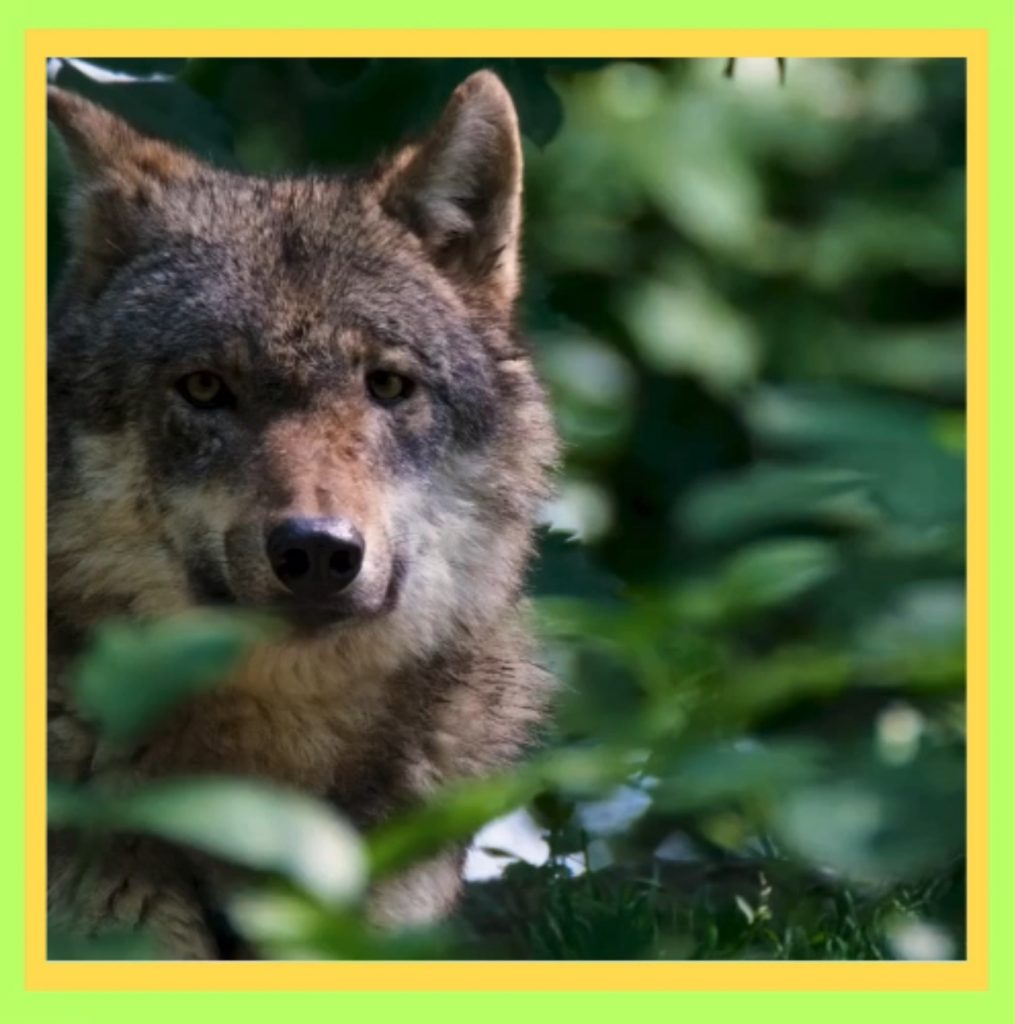
Hunting and Predatory Behavior
The gray wolves predominately hunt, feeding on numerous prey species such as deer, moose, bison, and elk, regardless of their much smaller size. Cornering and exhausting the prey are the strategies employed by wolves to deal with big mammals. Wolves generally like to kill deer that are old, aged, or wounded, killing maintains the prey healthy and in equilibrium. They will generally scavenge on dead bodies if required. They can consume multiple pounds of meat during a single feeding because their digestive tract is highly efficient. Wolves may go without food for days or even weeks provided they have round-the-clock access to drinking water.
Conservation Challenges
Although the species has evolved and found ways to survive in the wild, various variables that disobey it are perilous. Preying on their cattle led to wolves being hunted by humans, and deaths are rare in population destruction and fragmentation; on a small scale, prey reduction was the other angle of the peril.
The gray wolves, for instance, have been brought back into the wild by conservation reactions, given an environment and provided with preventive alerts against mesmerizing data. In American areas, grey wolves’ populations have been preserved or from the initiatives of different societies.
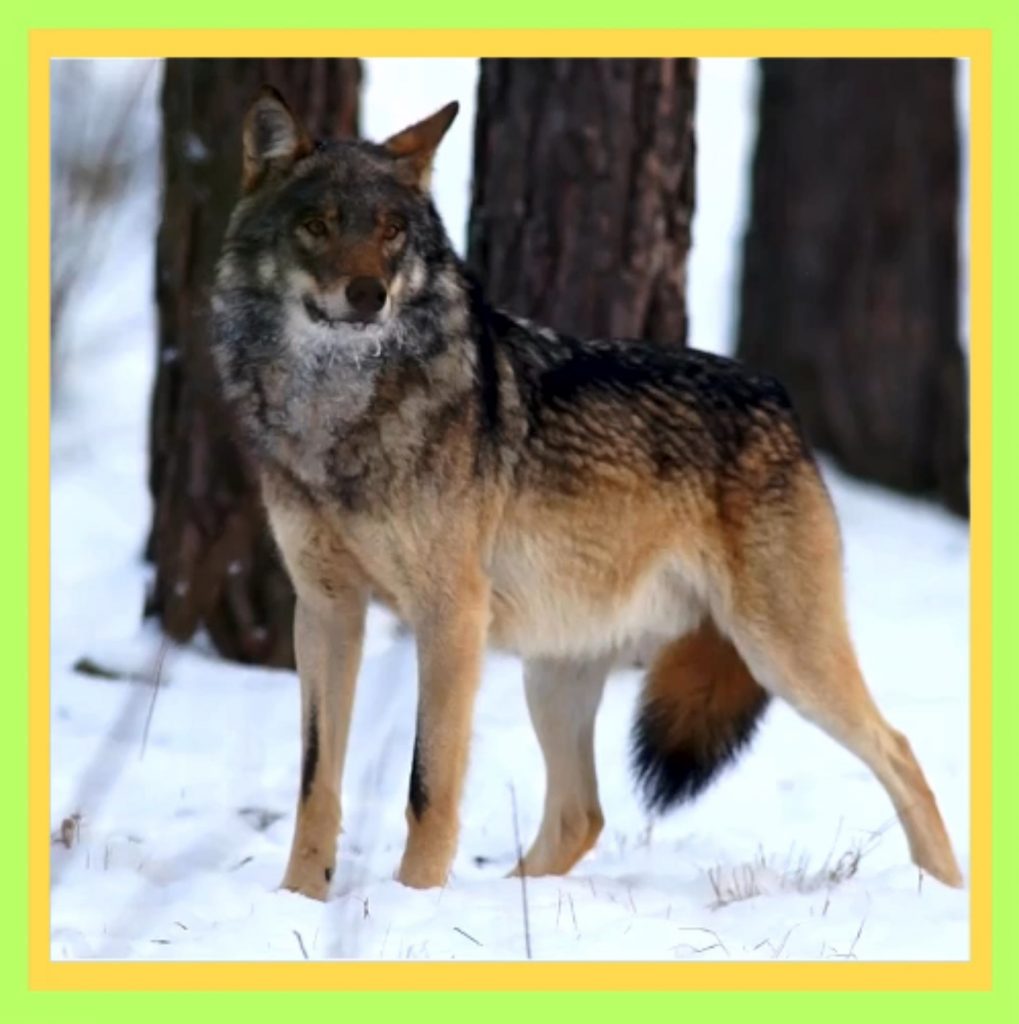
Cultural Significance
The human thoughts towards the wolves go deeper into human childhood. While hunting about forty thousand years ago, the wolves were the only creatures they could contact. While native people consider them to be symbols of strength and bravery, traditional monster tales depict them to be evil. American wolves are a well-known story, demonstrating humanity’s destiny and the call for vigilance and strength in the light of being preyed upon by lesser humans.
Conclusion
The tale of the gray wolf is one of resiliency, adaptability, and environmental importance. Wolves serve as both the pinnacle predator in sustainably balanced environments and the most significant presence in terms of the health of their habitats. Increased appreciation of the potential and dynamics of wolf biology and sociality might rekindle the fire to help safeguard and secure the future of these well-known creatures.
References:
1. https://www.nationalgeographic.com/animals/mammals/facts/gray-wolf
2. https://defenders.org/wildlife/gray-wolf
3. https://wolf.org/wolf-info/basic-wolf-info/biology-and-behavior/





Your article helped me a lot, is there any more related content? Thanks!
Your article helped me a lot, is there any more related content? Thanks!
Thanks for sharing. I read many of your blog posts, cool, your blog is very good.
Thanks for sharing. I read many of your blog posts, cool, your blog is very good.
Thanks for sharing. I read many of your blog posts, cool, your blog is very good.